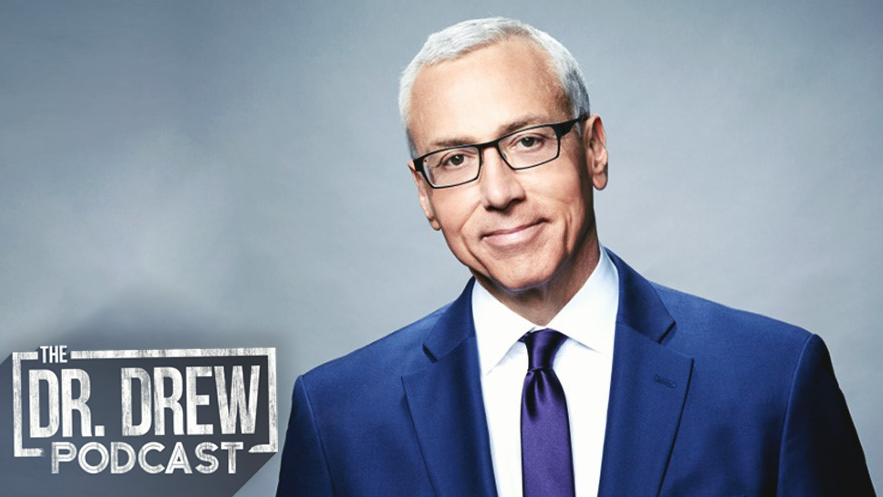Category: Original Content
Category: Original Content
Anthony Garrett delivers a comprehensive lecture, touching on several major themes centered around the principles of probability, scientific methods, and the philosophical underpinnings of science.
Gerd dives into the history of statistical analysis in his field of psychology, which has led to a paradigm of rituals, in place of meaningful thought.
Malcolm elaborates on the power to manipulate studies when placebos are not benign.
Big Soda has a history of cleverly concealing their influence in the health and fitness space by funneling sponsorship through proxy organizations.
Greg Glassman kicked off the 2024 BSI Epistemology Camp with this presentation. Greg’s talk centers around the ‘breaking point’ from modern science to post modern science.
William Briggs rebuts at a recent publication that claimed intermittent fasting increases risk of cardiovascular death.
As everyone knows, a placebo is an inactive ‘sugar’ pill. Except when it isn’t. Which is almost always.
Dr. Drew and Emily call attention to the flaws in the current state of modern science. Emily and Drew discuss the Dana-Farber scandal, the cost/benefit of going to college, the do-or-die culture in science, and the lack of curiosity among journalists.
By Emily KaplanWilliam Briggs explains the basics of calculating probability, which pieces of the calculation are subjective, and how the results can influence beliefs and actions.








